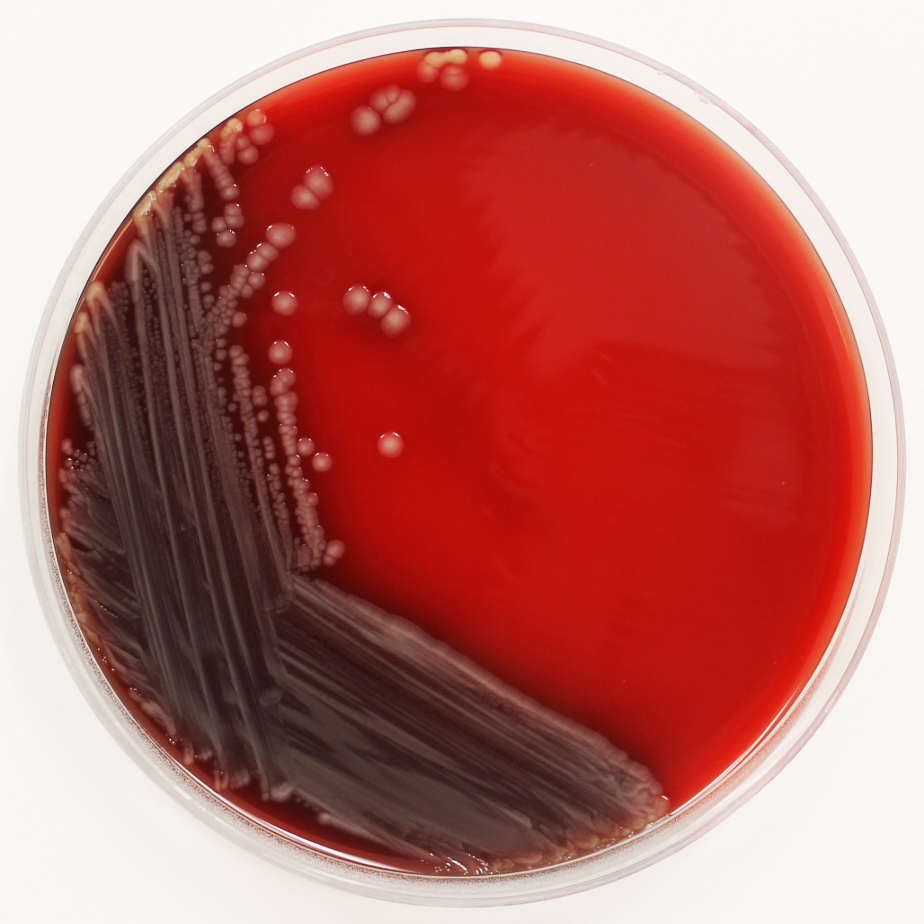 For over 100 years, bacteria have been identified by their biochemical properties through the use of various test methods. With the addition of MALDI-TOF Mass Spectrophotometry (MS) technology, things are changing. In this post, we offer a brief overview of MALDI-TOF technology and highlight what laboratories should consider when implementing these systems.
For over 100 years, bacteria have been identified by their biochemical properties through the use of various test methods. With the addition of MALDI-TOF Mass Spectrophotometry (MS) technology, things are changing. In this post, we offer a brief overview of MALDI-TOF technology and highlight what laboratories should consider when implementing these systems.
What is MALDI-TOF technology?
MALDI-TOF (matrix assisted laser desorption/ionization-time of flight) was developed in the 1980s to enable mass spectrometric analysis of large biomolecules. Since then MALDI has transformed the life sciences. Within the last few years MALDI has become a key player in the commercial microbiology identification market because its process is simple, fast and accurate.
MALDI technology measures highly abundant proteins that are found in all microorganisms. The characteristic patterns of these highly abundant proteins are used to reliably and accurately identify a particular microorganism by matching the respective pattern with an extensive open database to determine the identity of the microorganism down to the species level.
MALDI instrumentation offers many benefits to laboratories including long-term cost reduction due to the minimal use of consumables. In addition, turn-around times for identification are fast and accurate because the instrument can dependably identify directly from the selective media used to isolate the strain.
There are currently two major MALDI manufacturers: Bruker and bioMerieux. In 2013, both the Bruker MALDI Biotyper CA System and bioMerieux Vitek MS obtained U.S. Food and Drug Administration (FDA) clearance for clinical use within the United States.
Your lab is switching to MALDI-TOF technology. What are the next steps?
The Verification Process
If you purchase a new microbiology identification system, you will need to verify the manufacturer’s performance specifications before reporting results. Specifications include accuracy and precision (reproducibility). A verification study may include the following steps:
- Reviewing the manufacturer’s specifications.
- Reviewing literature and standards (for example, CMS, CLSI, CAP, Cumitech, ASM).
- Writing a verification plan including the acceptance criteria.
- Running the new test system in parallel with the existing system and comparing results.
- Checking the reproducibility of test results by testing samples at least twice with more than one operator if the system is operator dependent.
 Choosing Strains for Verification
Choosing Strains for Verification
According to the College of American Pathologists (CAP) All Common Checklist, “For qualitative tests, a minimum of 20 samples, including positive, negative, and low positive samples with concentrations near the lower level of detection should be used; equivocal samples should not be used.”
Use the quality control microorganisms the manufacturer recommends. The manufacturer’s recommendations are often found in the product manual or in the “Information for Use” instructions.
Quality Control
Laboratories in the United States must consider Center for Medicare and Medicaid Services (CMS) regulations, accreditation requirements and state regulations when implementing their QC procedures. According to CAP MIC.16605, laboratories using MALDI-TOF systems to perform organism identification must run appropriate control organisms each day of patient testing.
Keeping Quality Control Microorganisms Healthy
Healthy QC strains will make testing easier. Follow these tips to keep your QC strains in good shape:
- Purchase well characterized strains from a reference culture collection or a qualified secondary supplier.
- Keep the manufacturer’s Certificate of Analysis for your records.
- If you use a patient strain for verification, record its source and all test results.
- Limit the number of transfers. Each time a microorganism is subcultured there is a risk of mutation. Microbiologics provides a plan for maintaining microorganisms – Maintenance of Quality Control Strains.
- Follow manufacturer’s instructions for storing microorganisms. Frozen microorganisms do not survive for long periods in a frost free freezer or at temperatures of -20°C or warmer. The Manual of Clinical Microbiology states, “…damage caused by ice crystal formation and electrolyte fluctuations results in poor long term survival…” for microorganisms stored at -20°C.
To learn more about quality control testing for microbial identification systems, check out our How to Choose QC Strains for Microbial ID Systems blog post.
We’re taking a poll; please select from the following options.
[poll id=”2″]
Microbiologics has formed a partnership with Bruker to develop specialized identification panels for the Bruker MALDI Biotyper System and Bruker MALDI Biotyper CA System. If your lab uses the bioMerieux Vitek MS, we offer Escherichia coli derived from ATCC® 8739™* in a variety of formats for quality control of the instrument.
Visit our website to find the panels your lab needs for QC.





Greetings from Saudi Arabia;
Dear Colleague, Can you give me more details about that teq. principal of teq. depend on the various proteins characteristic for pathogenic bacteria , is just inoculate choosing colonies from selective media and automated analysing will be done by the machine , can you send me by post mailing to me the brochures and more details and price of this teq., in addition are there training program held in Microbiologics organization for well using , I hope to hear from you
Dr. khaled Kamal Hussain